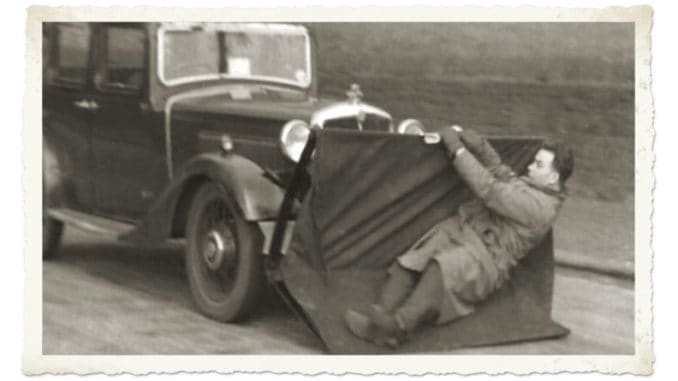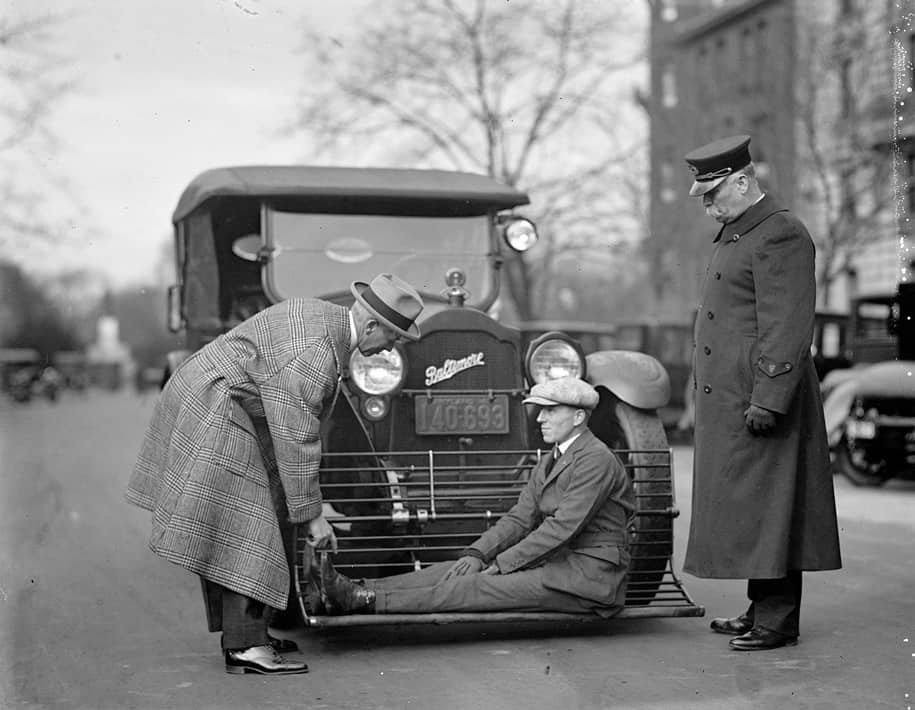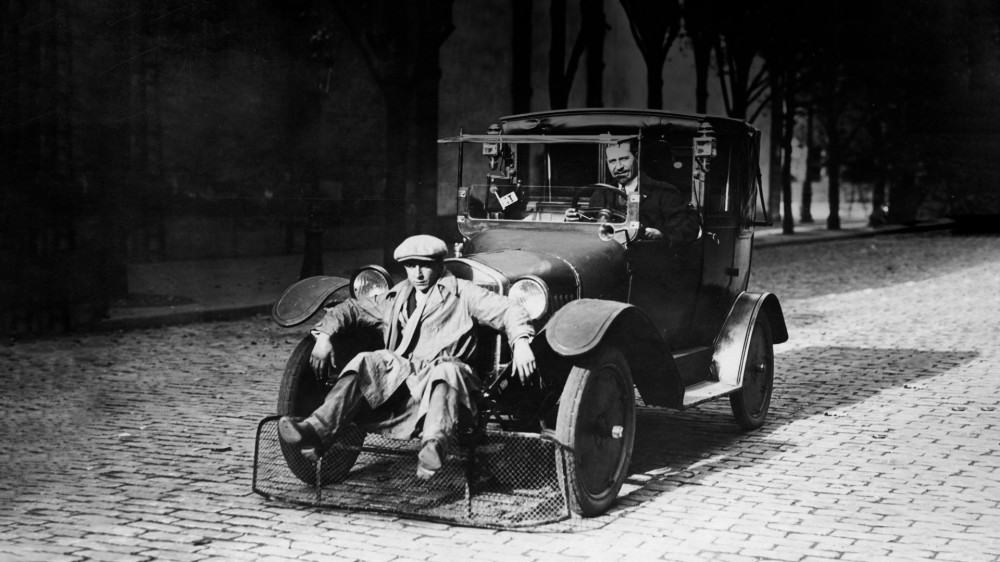
In 1896, a pedestrian was hit, killed and recorded for the first time. In those days, cars were very angular and were designed with little thought about the chance that they might collide with a pedestrian who unexpectedly runs into the street.
The incident caused carmakers and engineers to look for ways to save lives.


A small revolution took place in 1927 when the “Pedestrian Safety Device” was introduced. This device was first introduced to the public in Berlin, Germany. It was actually less of a safety device and more of a huge hammock attached to the front of the car that could “catch” a jaywalking pedestrian at any time.
The new device had several shortcomings. The huge structure of the hammock reduced the driver’s field of vision, and the catcher limited the car’s maneuverability in tight spaces.
Years after the first people-catcher was introduced, two Sheffield, Great Britain based engineers presented their own interpretation. Unlike the earlier device that was always expanded, the British invention made it possible to only deploy the catcher in an emergency situation.
All the driver had to do was flick a lever next to the steering wheel and the pedestrian would be saved.
This archive footage from 1939 shows the two Sheffield based engineers demonstrating their new pedestrian-scooping invention for the front of the automobile that potentially staves off injury to pedestrians…

